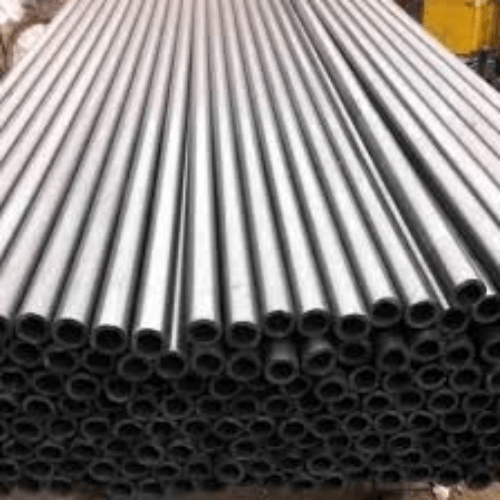Graphite is one of three glasslike-types of carbon. The other two are precious stone and charcoal. Graphite has a hexagonal charming stone structure, the jewel is cubic, and charcoal is formless. Graphite is dormant to most synthetic compounds and opposes erosion assault. It is anyway permeable, and to be utilized, it must be propagated with a pitch sealer. Two principle saps utilized are phenolic and PTFE with furan (one right now being eliminated of creation). Choice of dummies incorporates compound similarity, working temperatures, and the kind of unit to be utilized. Graphite heat exchanger hardware is made in an assortment of structures, including outside stuffed headshell and cylinder exchangers. Shell-and-cylinder units in graphite were begun by Karbate in 1939. The European market began utilizing block plan during the 1940s. The two advances use the graphite material's high warm conductivity to make up for the poor mechanical quality. The thicker materials expected to continue pressure don't unfavorably obstruct the warmth move. Most extreme plan pressures range from 0.35 to 1.0 kPa relying upon the exchanger's type and size.
A few auxiliary realities for graphite tubes
Plan temperature is reliant on the liquids and sap determination; the greatest is 230 °C. The graphite heat move surface is contained inside a metal structure or a shell (graphite lined on measure side) to keep up the plan pressure. The plan is a pressed gliding tube sheets at the two closures inside a shell and channel for shell and cylinder units. The normalized blocks are stuck along with exceptional cement and packed inside a system that incorporates complex associations for every liquid for a stacked square plan. Weight vessel code conformance of the units is conceivable because of these plans' metallic parts; in any case, this relies upon Graphite tube suppliers. Since welding of graphite is preposterous, the determination and utilization of the glues utilized are basic to these units' best possible working.
